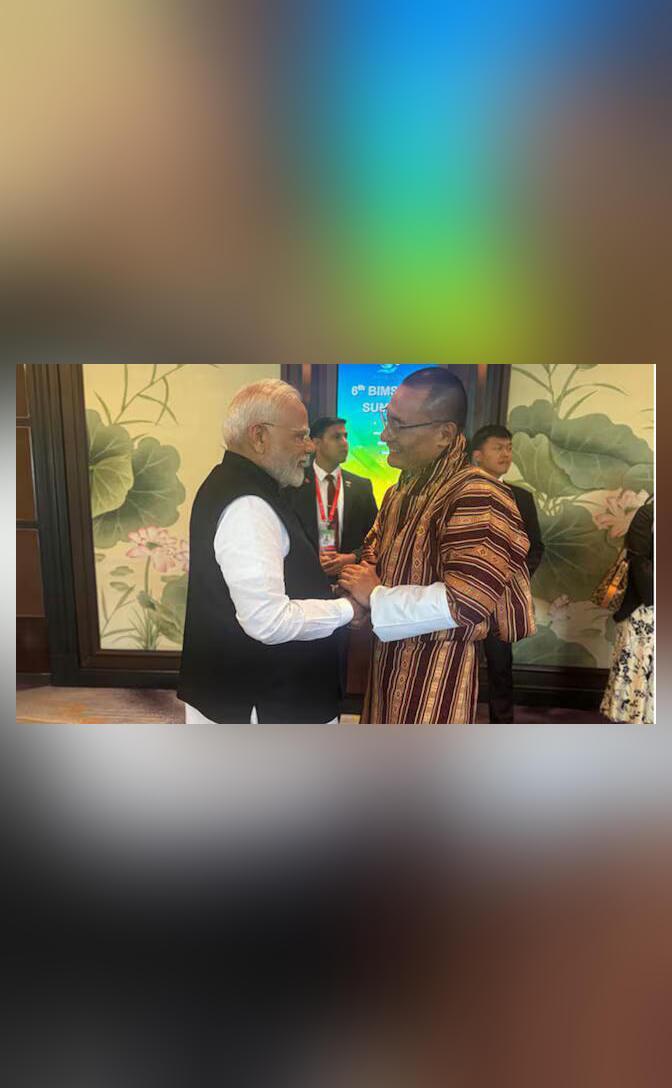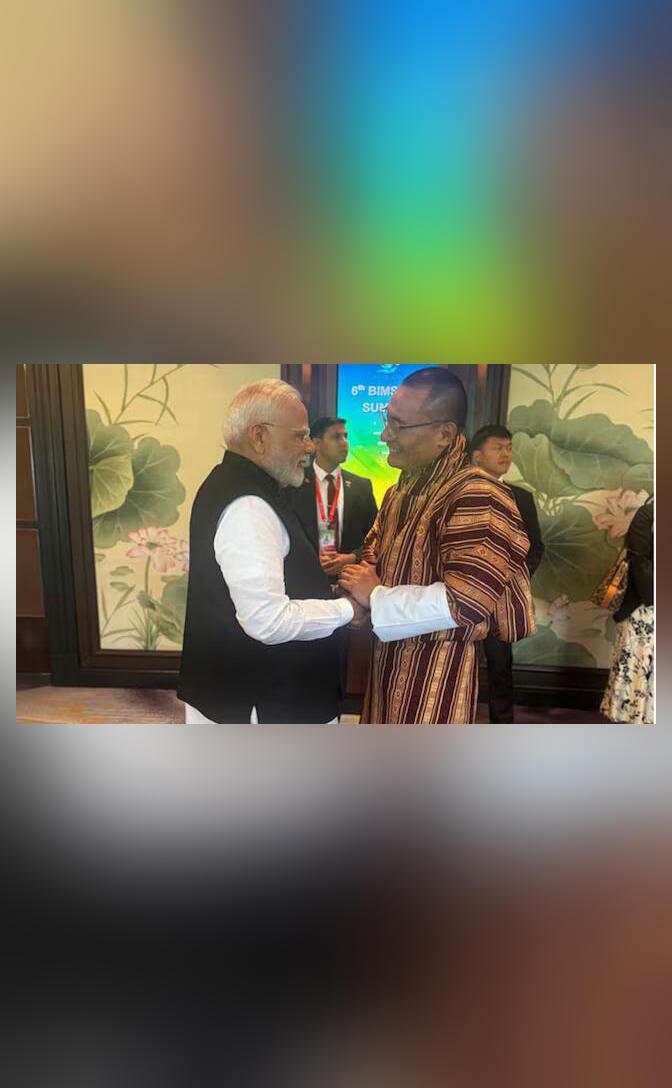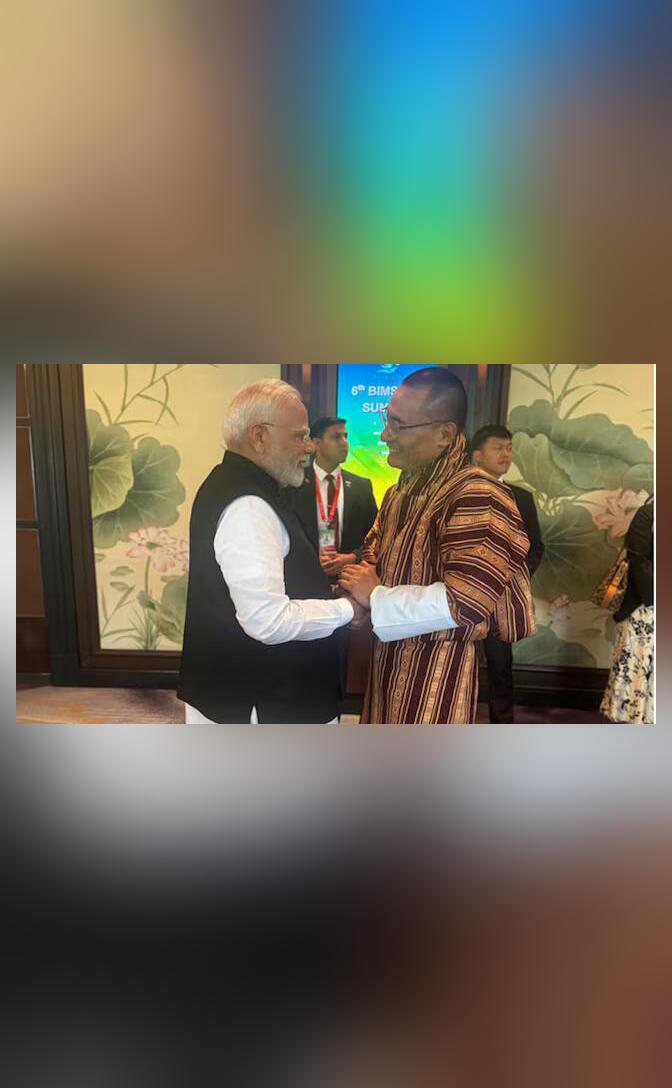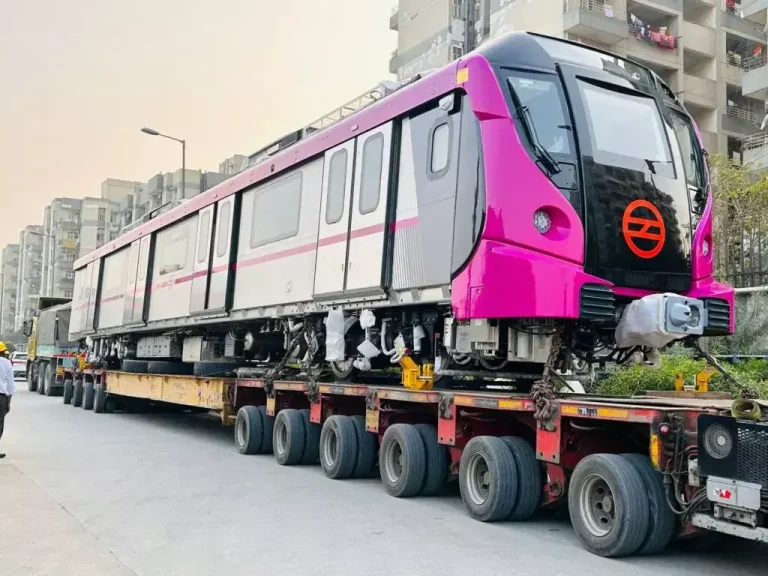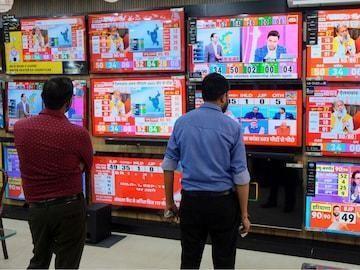
How Accurate Were Delhi Exit Poll Predictions in 2015 & 2020?
Exit polls are a crucial aspect of election analysis, providing a glimpse into the possible outcome of an election before the results are officially declared. In the context of India’s vast and diverse electorate, exit polls can be particularly useful in understanding the mood of the voters and making informed predictions about the outcome. However, how accurate are these exit polls in predicting the results? This blog post aims to analyze the accuracy of Delhi exit poll predictions in the 2015 and 2020 Delhi Assembly elections.
2015 Delhi Assembly Elections: A Surprising Turnout
The 2015 Delhi Assembly elections saw a surprise upset in favor of the Aam Aadmi Party (AAP), which had just completed its first term in government. Exit polls estimated that AAP would secure 45 seats, BJP 24, and Congress one. However, the actual results stunned many, with AAP winning a whopping 67 seats, leaving BJP with just three and Congress with none. The massive victory was seen as a vindication of AAP’s governance and a rejection of the BJP’s claims of a “Modi wave” sweeping the nation.
The exit polls had clearly underestimated AAP’s popularity and overestimated the BJP’s prospects. The actual results showed that AAP had not only maintained its vote share but had also increased its support among voters. The BJP, on the other hand, suffered a significant decline in its vote share and lost heavily in the elections.
2020 Delhi Assembly Elections: A Repeat of the Pattern?
Fast-forward to the 2020 Delhi Assembly elections, and the scenario seemed to be repeating itself. Exit polls predicted that AAP would win 54 seats and BJP 15. However, the actual results saw AAP emerge victorious once again, but this time with a slightly reduced majority. AAP won 62 seats, while BJP managed to win eight seats. Congress, which had fared poorly in 2015, did not contest the elections in 2020.
The exit polls had once again underestimated AAP’s popularity and overestimated the BJP’s prospects. The actual results showed that AAP had maintained its strong presence in Delhi and had continued to be the preferred choice of voters. The BJP, on the other hand, had struggled to make an impact and had lost heavily in the elections.
What Went Wrong with the Exit Polls?
So, what went wrong with the exit polls in both 2015 and 2020? There are several reasons that could have contributed to the inaccuracy of the exit polls.
- Sampling Bias: One of the primary concerns with exit polls is sampling bias. If the sample size is too small or if the survey respondents are not representative of the entire electorate, the results can be skewed. In the case of Delhi, where there is a significant divide between the urban and rural populations, sampling bias can be a major issue.
- Non-Response Rates: Another challenge faced by exit polls is non-response rates. If a large number of respondents refuse to participate in the survey or do not respond to the questions, the results can be biased towards those who do respond.
- Voter Behavior: Exit polls rely heavily on self-reported data, which can be prone to errors. Voters may not always truthfully report their voting intentions or may change their minds at the last minute.
- Methodological Issues: Exit polls often use complex algorithms and statistical models to predict the results. However, these models can be flawed or outdated, leading to inaccurate predictions.
Conclusion
In conclusion, the Delhi exit polls in 2015 and 2020 underestimated the popularity of the Aam Aadmi Party and overestimated the prospects of the Bharatiya Janata Party. The actual results showed a significant gap between the predicted and actual outcomes, highlighting the challenges faced by exit polls in accurately predicting the results.
While exit polls can be a valuable tool in understanding the mood of the voters, it is essential to recognize their limitations and biases. By acknowledging these challenges, we can work towards improving the accuracy of exit polls and providing more reliable predictions for elections.
